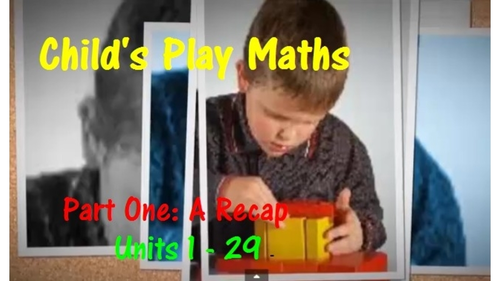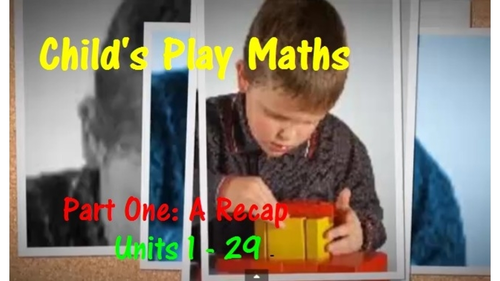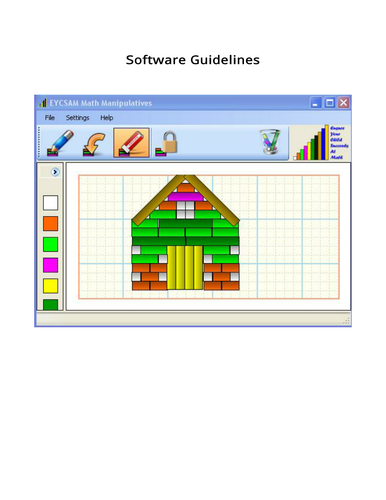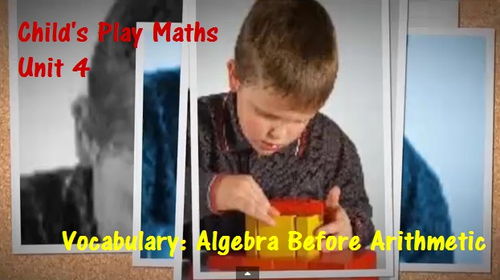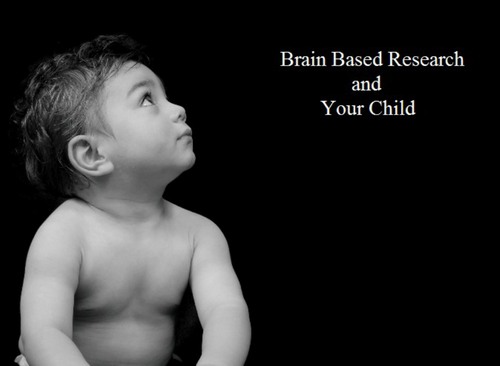Philrow's Shop
I am a retired head teacher with a passion for writing and discovering the most effective methods of helping children learn. My local primary school is Tonypandy and you will find me there two afternoons each week working with groups of children. My main areas of focus are Maths with the emphasis on the early years and English, especially drama.





